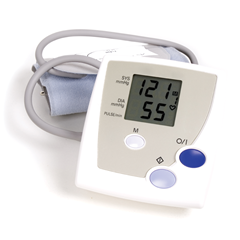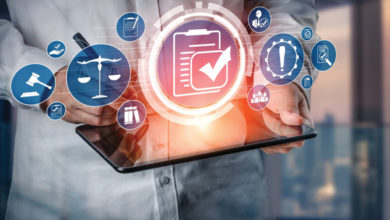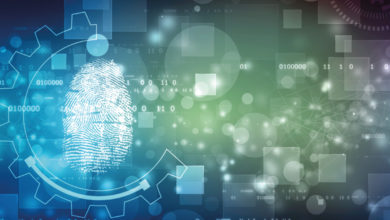Hi-tech care
 Julie-Ann Augusto manages the telecare and telehealth services in the South Eastern Trust’s area, which covers Ards, Down, North Down and Lisburn districts. Both involve the remote monitoring of patients who are not at the same location as the care provider.
Julie-Ann Augusto manages the telecare and telehealth services in the South Eastern Trust’s area, which covers Ards, Down, North Down and Lisburn districts. Both involve the remote monitoring of patients who are not at the same location as the care provider.
The trust’s Nocturnal project provides telecare monitoring for at least 30 patients with dementia. This is funded by the Technology Strategy Board and the Engineering and Physical Sciences Research Council and follows on from the similar Netwell project in 2008-2009. Some Netwell clients have continued to be served by Nocturnal.
In telecare, monitors and a control unit are put into the home of a person requiring care e.g. an older person with dementia. Their needs are assessed by a care manager before equipment is installed.
These sensors detect if a person leaves their bed during the night and whether they turn the lights on or open doors. If the person does not return to bed, the control unit calls the Fold Housing Association’s monitoring system with an alert.
An operator at the centre then calls the client; the control unit allows for a twoway conversation. If the older person cannot be contacted, a neighbour or relative is then called and the emergency services are contacted if necessary. In one case in the west of the province, the system helped to rescue a man who had left his house at night and fallen in snow.
This provides a “24-7 safety net for people,” Augusto remarks: “We believe that it’s making a difference to people’s lives.” Stirling University’s research into telecare in West Lothian suggests that it helps people stay at home and therefore stay healthy for longer. She adds: “For me, it’s an added level of security which means we can do more to keep people safely at home.”
Another application is a pendant worn around the neck which allows the patient to send out an alert in an emergency. This also reduces worry for carers and relatives as there’s “always someone at the end of the phone who can help them.”
Three services are being run in telehealth.
Firstly, the Di@l-log system allows around 200 diabetes patients per year to record their blood sugar levels at home and ring these through to a voice recognition system. Results are then stored on a central database and the two practitioners, Dr Roy Harper or specialist nurse Michelle Burke, can then call a patient and advise them when they identify any problems. Di@l-log was originally developed by Dr Harper and the University of Ulster in a research project.
Good feedback has been received and “patients have come under control from a diabetes perspective or a blood sugar perspective far faster than have been previously.”
Secondly, the Home Telehealth company provides remote vital sign monitoring e.g. blood pressure or sugar, to patients with diabetes, chronic heart failure, chronic obstructive pulmonary disease (COPD) and now recovering stroke patients. A total of 340 episodes of care, lasting three months at a time, were provided to 207 new patients last year.
The machine also asks general health questions and records the patient’s answers. The “whole parcel of information” is used to populate a patient’s record in the database, which can then be assessed by a triage nurse.
This pilot is expected to continue for another six months, after which it should be replaced by a centrally procured service for the province. An external audit of the COPD system found that patients “to a man” appreciated the service and it gave them the ability to look after themselves at home.
Thirdly, a research study between Dr Michael Power and UUJ links recovering stroke patients at home with their consultant in hospital, using video technology. A normal computer screen can be used to set up the video-link. “We are really focused on delivering care as close to a person’s home as possible and trying to keep people out of a hospital.”





